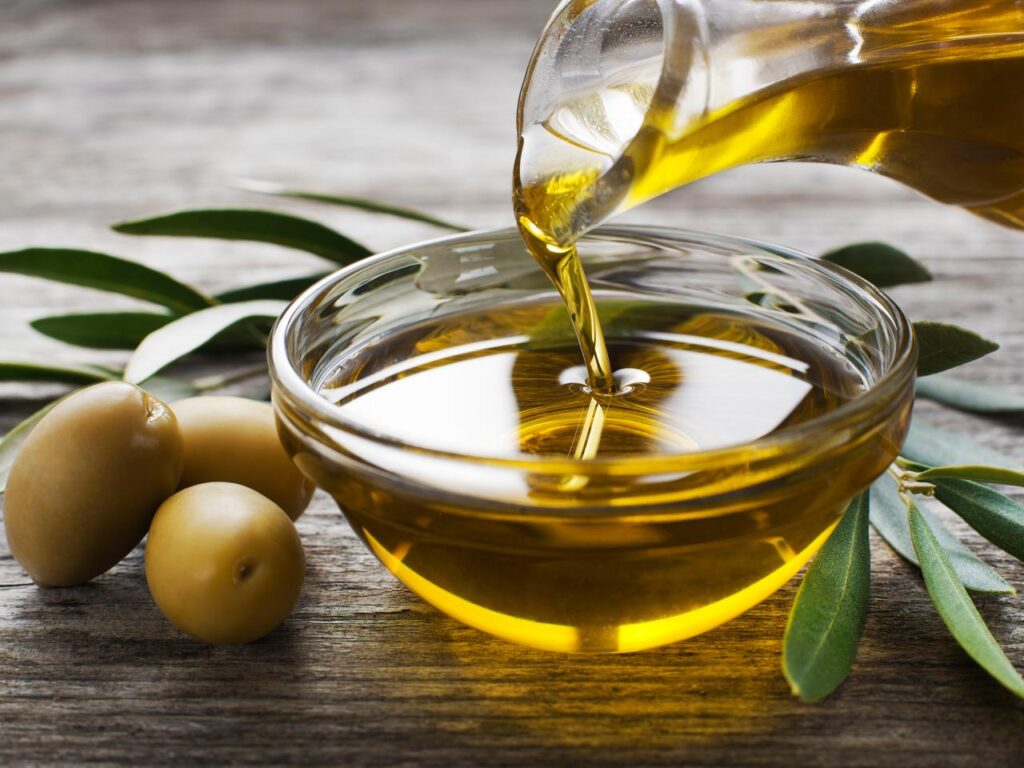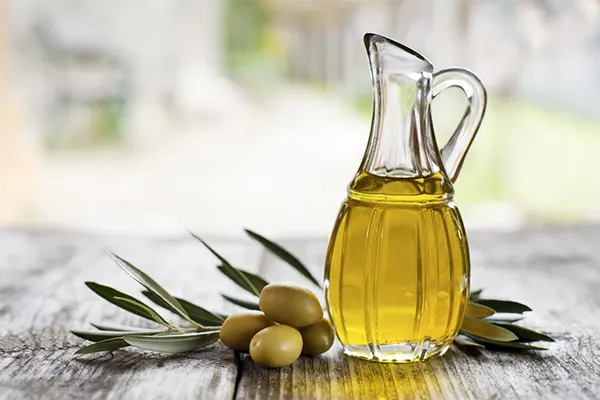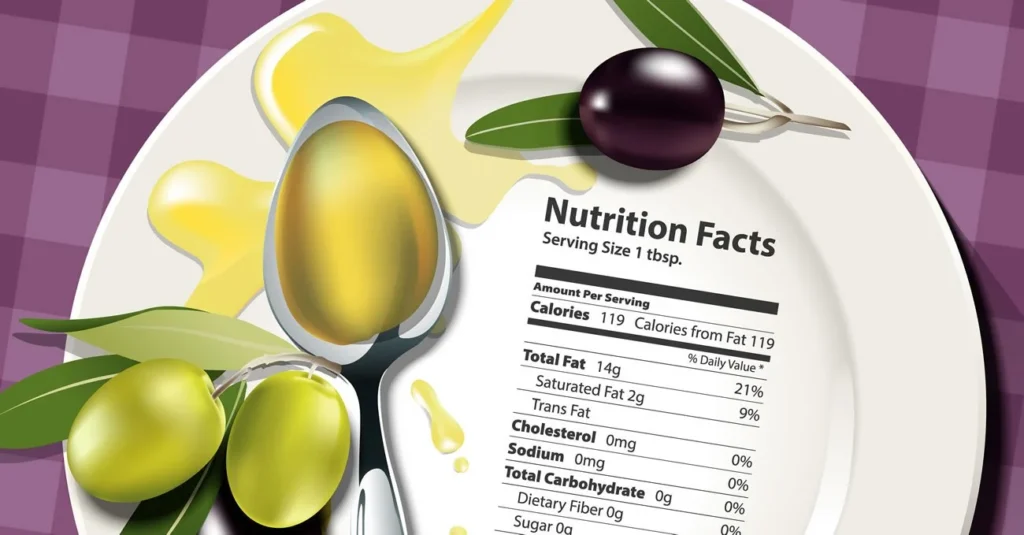If you’re into making sundried tomato pesto, you know that the olive oil you use can make a huge difference. Whether you’re using a robust extra virgin or a more neutral light olive oil, each type brings its own flavor and health benefits to the table. So, let’s break down the olive oil types and benefits and how they can transform your pesto into something truly special. Ready to dive in? Let’s do it!

Olive Oil Types and Benefits
Extra Virgin Olive Oil
Extra virgin olive oil (EVOO) is the pinnacle of olive oil quality. It is produced by cold-pressing olives, which ensures that no heat or chemical processes are used, preserving the oil’s natural flavors and nutrients. EVOO is known for its vibrant taste profile, which can include fruity, peppery, and sometimes bitter notes, reflecting the variety and origin of the olives used. The color ranges from deep golden to bright green, indicative of its freshness and type.

Nutritional Profile
EVOO is rich in monounsaturated fats, particularly oleic acid, which makes up a significant portion of its fat content. It also contains vitamins E and K, and is packed with antioxidants such as polyphenols and carotenoids. These components contribute to its numerous health benefits, making it a staple in health-conscious diets.
Culinary Uses
The robust and nuanced flavors of extra virgin olive oil make it ideal for applications where its taste can shine. It’s perfect for drizzling over salads, roasted vegetables, or fresh bread. EVOO is a key ingredient in salad dressings, vinaigrettes, and marinades. While it has a lower smoke point than refined oils, it can be used for light sautéing. Additionally, EVOO enhances the flavors of dips like hummus and spreads such as tapenade.


Storage Tips
To maintain its quality, EVOO should be stored in a cool, dark place, away from direct sunlight and heat. It’s best to keep it in a dark glass bottle or a stainless steel container to protect it from light. Proper storage ensures that the oil retains its flavor and nutritional properties for longer.
Regular Olive Oil
Differences from Extra Virgin
Regular olive oil, often labeled simply as “olive oil,” is a blend of refined olive oil and virgin olive oil. The refining process involves heat and chemicals to remove impurities, resulting in a more neutral taste and lighter color compared to EVOO. This process also reduces the oil’s antioxidant content and other beneficial compounds.

Nutritional Content
While regular olive oil is still a healthier option compared to many other cooking oils, it lacks the high levels of antioxidants and polyphenols found in EVOO. It contains a similar fat composition, primarily monounsaturated fats, but with fewer health benefits due to the refining process.

Best Uses
Regular olive oil’s neutral flavor and higher smoke point make it versatile for a variety of cooking methods, including frying, baking, and roasting. It is ideal for situations where the strong flavors of EVOO might not be desired, such as in baked goods or deep-fried foods. Regular olive oil is also a good choice for everyday cooking tasks that require higher heat.

Economic Value
One of the advantages of regular olive oil is its affordability compared to EVOO. It provides a cost-effective option for cooking and baking without sacrificing the health benefits associated with olive oils. This makes it accessible for households looking to incorporate healthier fats into their diet without a significant increase in food costs.
Health Benefits

Cardiovascular Health
Olive oil, especially extra virgin, is celebrated for its cardiovascular benefits. The high content of monounsaturated fats in olive oil helps reduce LDL cholesterol levels while increasing HDL cholesterol levels. This lipid profile is associated with a lower risk of heart disease. The polyphenols in EVOO also have anti-inflammatory effects, which contribute to improved heart health.
Blood Pressure Regulation
Regular consumption of olive oil has been linked to lower blood pressure. The oleic acid and polyphenols in olive oil help improve endothelial function and reduce oxidative stress, which are critical factors in maintaining healthy blood pressure levels. Incorporating EVOO into a balanced diet can thus play a significant role in preventing hypertension.
Heart Disease Prevention
The Mediterranean diet, which includes a high intake of olive oil, has been extensively studied and is associated with a reduced risk of heart disease. The anti-inflammatory and antioxidant properties of EVOO help protect against the development of atherosclerosis, a condition characterized by the hardening and narrowing of the arteries.
Heart Disease Prevention
The Mediterranean diet, which includes a high intake of olive oil, has been extensively studied and is associated with a reduced risk of heart disease. The anti-inflammatory and antioxidant properties of EVOO help protect against the development of atherosclerosis, a condition characterized by the hardening and narrowing of the arteries.
Cancer Prevention
The antioxidants in EVOO have been shown to have anti-cancer properties. They help protect cells from oxidative damage and may inhibit the growth of cancer cells. Regular consumption of EVOO has been linked to a lower risk of certain types of cancer, including breast and colorectal cancer.
Anti-Inflammatory Effects
Chronic inflammation is a key driver of many diseases, including heart disease, cancer, and arthritis. The polyphenols in EVOO have potent anti-inflammatory effects. Studies have shown that these compounds can reduce the expression of inflammatory markers and lower the risk of chronic inflammatory diseases.
Bone Health
Olive oil consumption has been associated with improved bone health. The polyphenols in EVOO help enhance bone density and strength by promoting the production of osteoblasts, the cells responsible for bone formation. This is particularly beneficial for older adults and those at risk of osteoporosis.
Skin Health
The antioxidants and healthy fats in EVOO are also beneficial for skin health. They help protect the skin from oxidative damage, keep it moisturized, and improve its elasticity. EVOO can be used topically to soothe dry skin, reduce the appearance of wrinkles, and promote a healthy complexion.
Digestive Health
Olive oil supports digestive health by promoting the production of bile, which aids in the digestion and absorption of fats. It also has a mild laxative effect, which can help prevent constipation. The anti-inflammatory properties of EVOO can also help soothe the digestive tract and reduce symptoms of inflammatory bowel disease (IBD).
Cognitive Health
The antioxidants and healthy fats in EVOO have been shown to have neuroprotective effects. Regular consumption of olive oil is associated with a lower risk of cognitive decline and Alzheimer’s disease. The polyphenols in EVOO help reduce oxidative stress and inflammation in the brain, which are key factors in the development of neurodegenerative diseases.
Choosing the Best Olive Oil for Your Pesto
For the best flavor and health benefits, Extra Virgin Olive Oil (EVOO) is your go-to for sundried tomato pesto. It enhances the taste and nutritional value, making your pesto not only delicious but also heart-healthy and antioxidant-rich.

However, if you’re looking for a milder flavor or a budget-friendly option, the other types can also work, each bringing its unique touch to your pesto.
Sundried Tomato Pesto Recipe with EVOO
Here’s a quick recipe using EVOO to get you started:
Ingredients:
- 1 cup sundried tomatoes (packed in oil, drained)
- 1 cup fresh basil leaves
- 1/2 cup grated Parmesan cheese
- 1/3 cup pine nuts or walnuts
- 2 cloves garlic
- 1/2 cup Extra Virgin Olive Oil
- Salt and pepper to taste
Instructions:
- In a food processor, combine sundried tomatoes, basil, Parmesan cheese, nuts, and garlic.
- Pulse until coarsely chopped.
- With the processor running, slowly add EVOO until the mixture is smooth and creamy.
- Season with salt and pepper to taste.
- Enjoy your pesto with pasta, spread on sandwiches, or as a dip!
Conclusion
Elevate your sundried tomato pesto by choosing the right olive oil to enhance its flavor and nutritional value. The quality of the olive oil you use can significantly impact the taste, making your pesto richer and more vibrant. Not only does olive oil bring out the best in sundried tomatoes, basil, and garlic, but it also adds heart-healthy fats and antioxidants to your dish.
With this knowledge, you can confidently create a pesto that’s both delicious and nutritious, perfect for any occasion. Enjoy your culinary adventures, and happy pesto making!
Disclosure: Our blog contains affiliate links to products. We may receive a commission for purchases made through these links. However, this does not impact our reviews and comparisons. We try our best to keep things fair and balanced, in order to help you make the best choice for you.







